Introduction
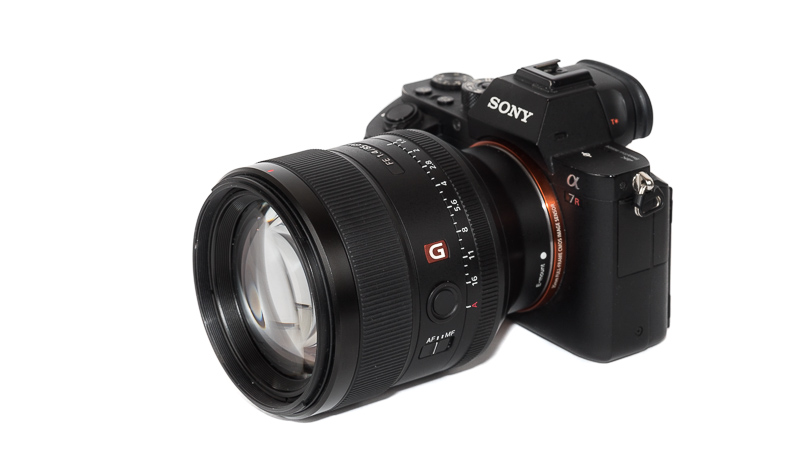
Jannik already performed a thorough comparison between this lens and Sony’s cheaper FE 85mm 1.8, but a single review was somewhat missing so far. Here it finally is!
Update 2025: new sample pictures added
Sample Images
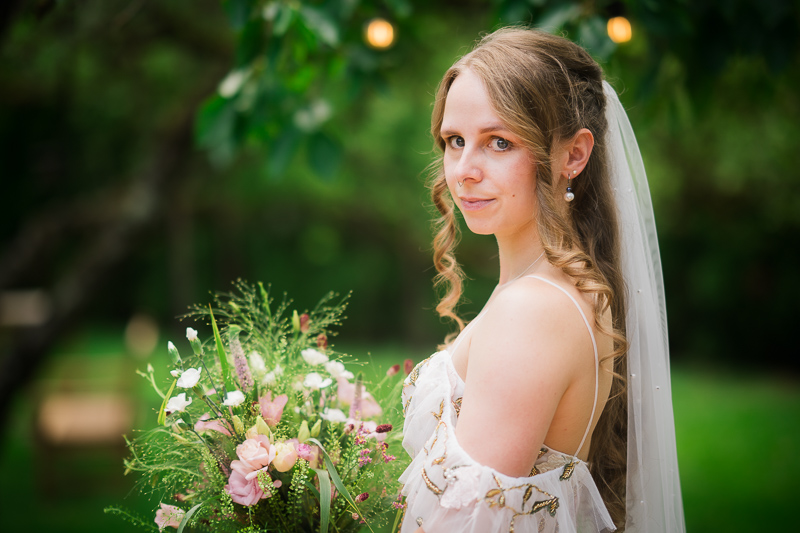
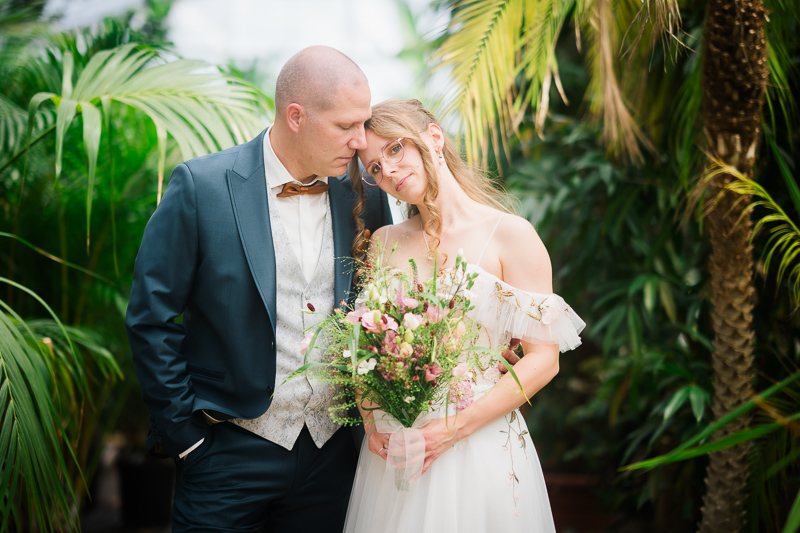
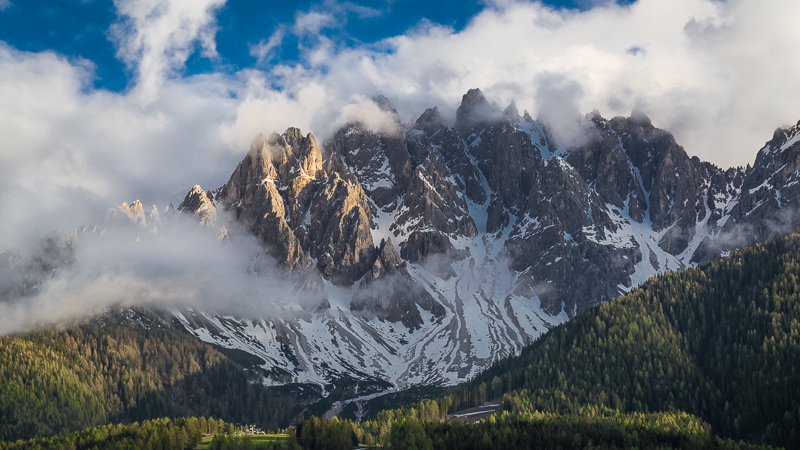
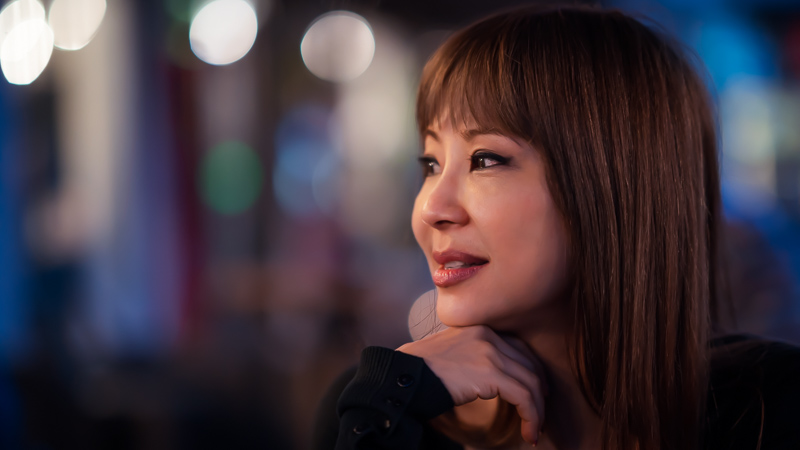
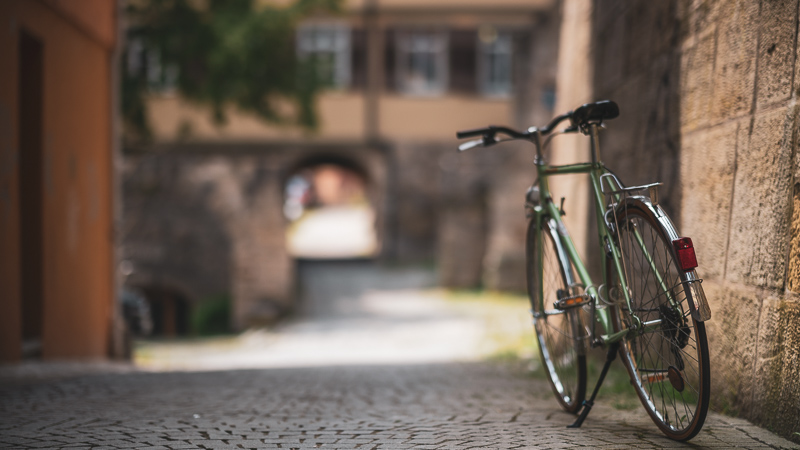
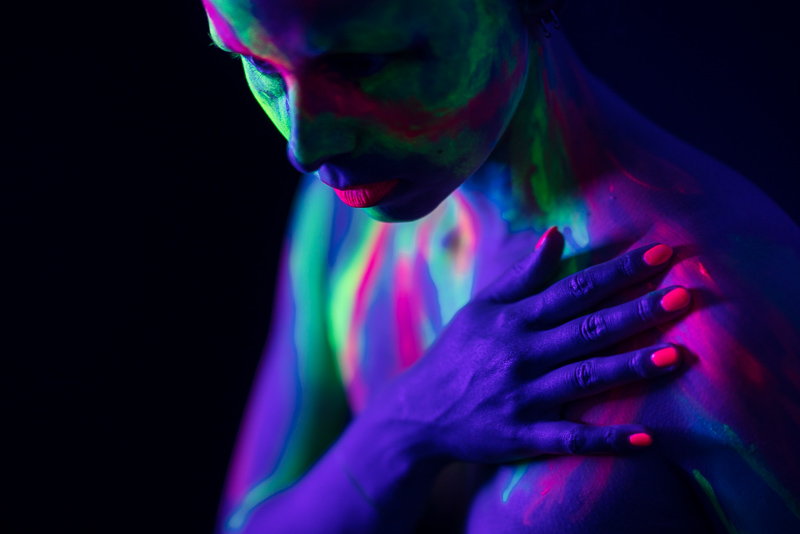
Most of the sample images in this review can be found in full resolution here.
Specifications
The Sony FE 85mm 1.4 GM has the following specifications:
-
- Diameter: 89 mm
- Field of view: 28.6° (diagonally)
- Length: 107 mm
- Weight: 825g (without hood and caps)
- Filter Diameter: 77 mm
- Number of Aperture Blades: 11 (rounded)
- Elements/Groups: 11/8

- Close Focusing Distance: 0.8 m
- Maximum Magnification: 1:7.9 (measured)
- Mount: Sony-E
You may also have a look at Sony’s official page.
New this lens costs as much as $1799/1699€ and you can get it e.g. from amazon.com/amazon.de or B&H. On ebay.com/ebay.de you may also find used ones starting at $1500/1300€ (affiliate links).
Handling / Build Quality
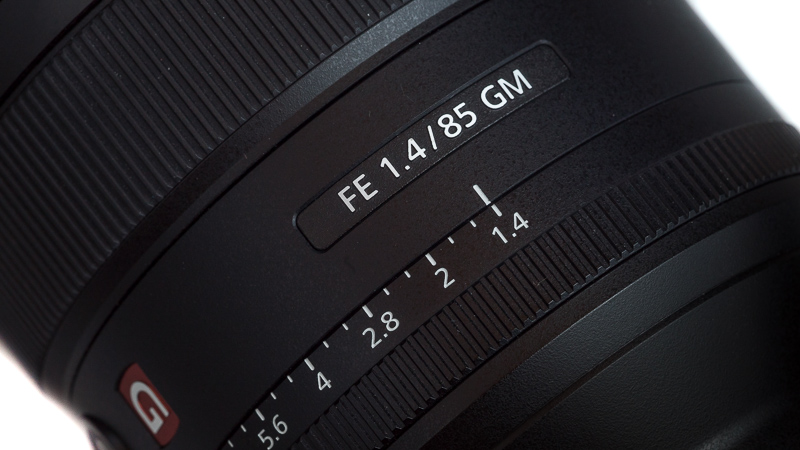
The regular readers probably know I wasn’t happy with the build quality of the Sony FE lenses I tested so far: I just think they feel kinda cheap and especially the focusing rings on e.g. the FE 55mm 1.8 ZA or the FE 35mm 1.4 ZA were barely usable for my needs.
So as this is the first GM lens I gave a try I was curious to see whether these are a step up from the ZA line and the normal FE lenses.
The rubberized focus ring has okay damping and it works better for me than those of the ZA lenses, especially as it does not matter how fast you turn the focusing ring but only how far.
It takes 180° from the minimum focus distance (0.8 m) to infinity.
When you turn your camera off the lens will remember the last focus position and will still be there when you turn the camera on again.
The aperture ring has 1/3 of a stop click stops (which you can declick by using a lever on the lens) and those are more distinct compared to the FE 35mm 1.4 ZA.
You can also set the ring to “A”(utomatic) and let the camera choose the aperture value or use the camera dial to change the aperture value when it is set to “A”.
Personally I would have preferred if the “A” was close to the f/1.4 and not to f/16. Who will be using f/16 on this lens anway?
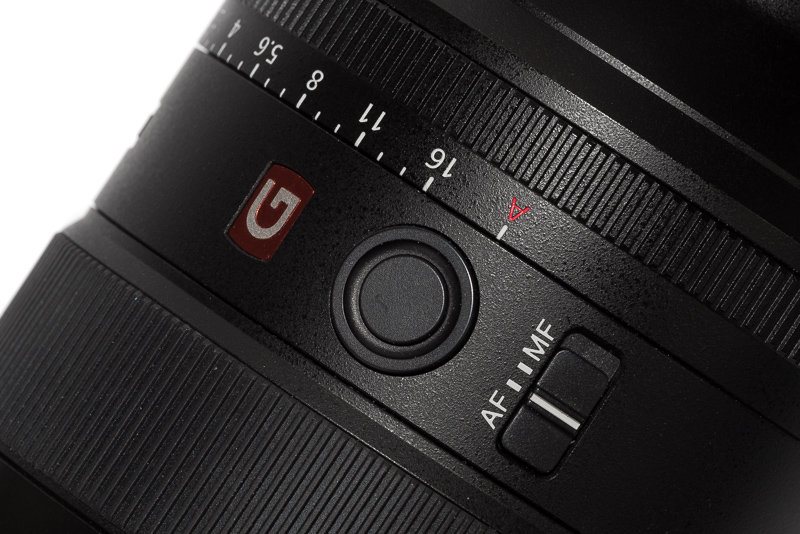
On the left side of the lens there is a programmable button (which I think is a great choice to map with Eye-AF) and an AF-MF switch.
The outer casing seems to be made from a high quality polycarbonate and all markings are engraved and filled with paint.
The hood also features higher than usual build quality with a rubberized front bumper and felt on the inside to counteract stray light. Furthermore there is also a button which you have to press to remove the hood, which is usually only found on higher grade tele lenses.
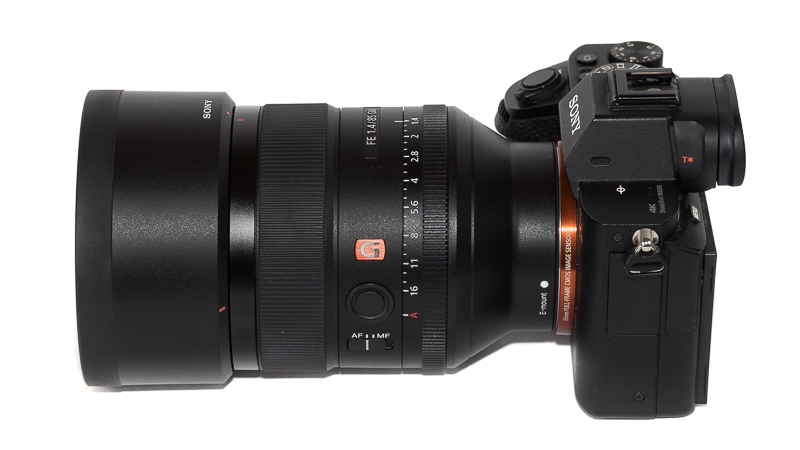
All in all I am quite happy with the build quality of this lens, only the absence of a distance scale bothers me quite a bit. Canon with e.g. the 1.2/85 and 1.8/200 and also Sony themselves with the 2.8/90 macro have shown that focus-by-wire and a physical distance scale do not exclude each other.
Autofocus
I haven’t used many of the higher grade native FE lenses with AF. The eye-AF really works quite well, but the lens is rather slow focusing (I tested on A7rII). I had quite some trouble getting decent in focus shots of a fast moving child.
Vignetting
light falloff
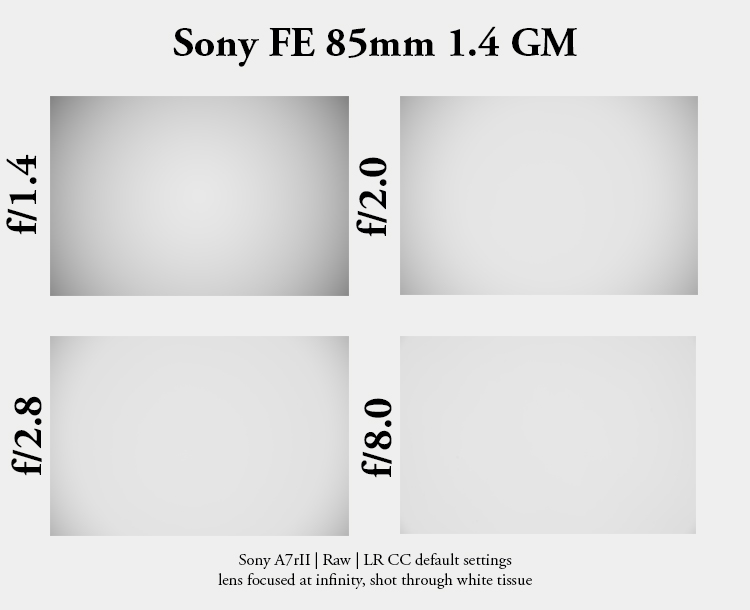
Wide open there is light falloff of roughly 2.2 EV, stopped down to f/2.0 this improves to 1.5 EV, stopped down to f/2.8 it is 1.2 EV and further improves to 0.5 EV at f/8.0. These values are comparable to the competition in this class. You can either correct this in Lightroom or directly in camera.

It is recommended to have a look at this article first to get an idea how this brightness graph works.
optical vignetting
What is really special about this lens and what sets it apart from the competition is the very low amount of optical vignetting. Without going too much into technical details optical vignetting leads to the truncation of light circles towards the borders of the frame.
In the center of the frame almost every lens will render a perfect circle, but only lenses with very low optical vignetting will keep this shape in the corners.
So in the following comparison we move from the center (left) to the extreme corner (right) and see how the shape of the light circle changes.
Already wide open the GM shows only very moderate optical vignetting and stopped down to f/2.4 only in the extreme corners there is a very slight truncation.
The Loxia 85mm 2.4 on the other hand shows quite a lot optical vignetting, a price that has to be paid for the small diameter lens barrel.
This comparison was done at 0.9 m focus distance, you may get slightly different results at other distances.
Sharpness
infinity

The lens shows impressive resolution figures. Already wide open the across frame performance is quite good with no midzone dip and despite the slight glow very usable. Already at f/1.7 most of the glow is gone as you can see in Jannik’s comparison to the FE 85mm 1.8.
Stopped down to f/2.0 the slight glow is gone. Peak performance is reached at around f/4.0, but already f/2.8 looks really good.
Stopped down to f/5.6 and further you will definetly start to see the effects of diffraction when looking closely, and in the case of this comparison also the influence of heat haze.
Compared to: Zeiss Loxia 85mm 2.4
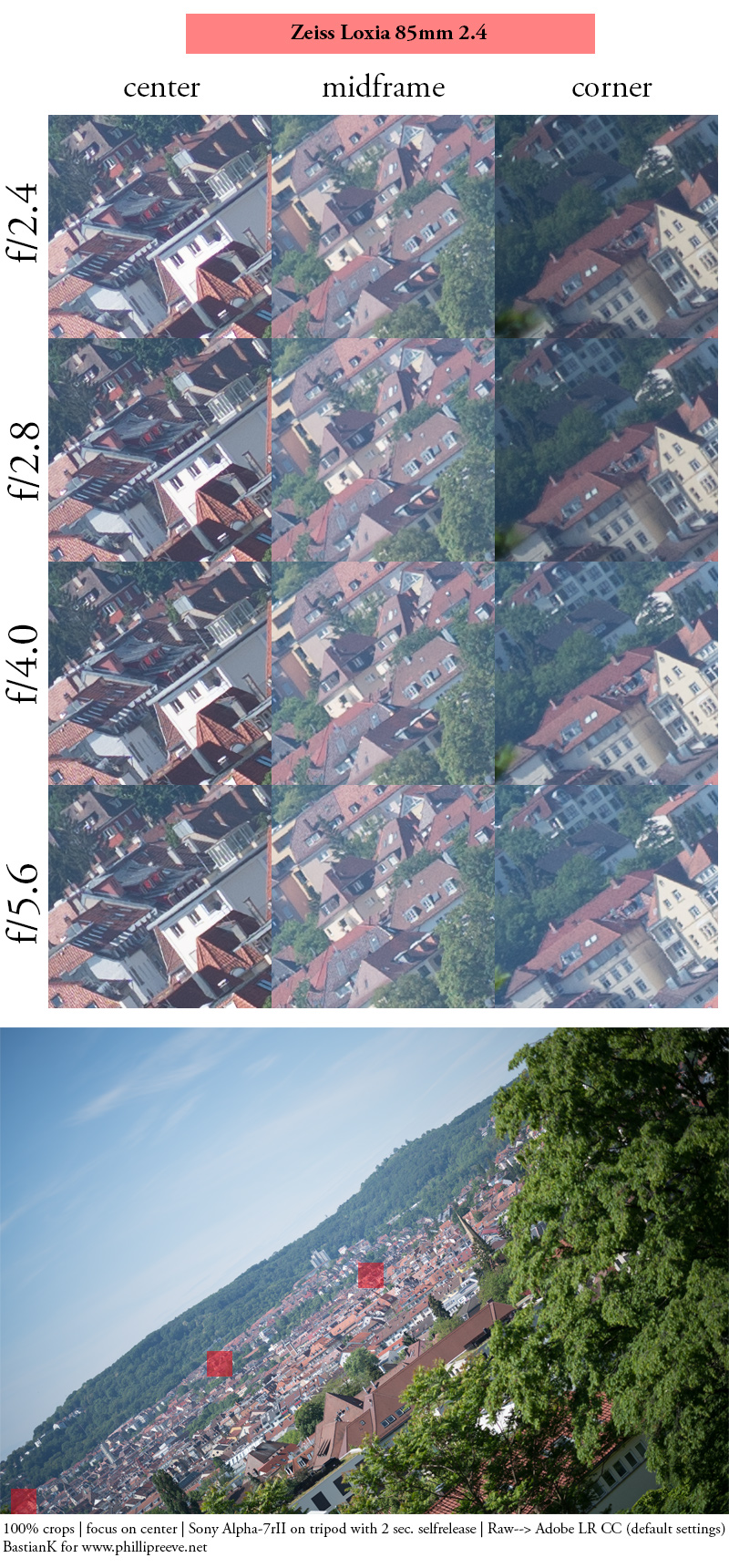
The Zeiss Loxia 85mm 2.4 is a very high resolving lens at infinity. Already wide open it shows impressive performance across the whole frame.
At f/2.8 I see the GM slightly ahead, but the differences are so small, with different samples of these 2 lenses the outcome might be different. At f/4.0 and stopped down further it is barely possible for me to see a difference.
When I compared Zeiss Loxia 50mm 2.0 and Sony FE 55mm 1.8 ZA I noticed quite obvious differences in color rendering, Zeiss Loxia 85mm 2.4 and Sony FE 85mm 1.4 GM on the other hand are very close in that regard.
close (0.80m, 1:7.9)
100% crops from center, A7rII
At minimum focus distance there is some slight “glow” (spherical aberration) wide open which is mostly gone at f/2.0. The image sharpens up at f/2.8 quite a lot.
Because of focus shift (see corresponding section) I refocused for every shot.
close (0.43m, 1:3.0) with 16mm Kenko extension tube
100% crops from center, A7rII
The lens does not come with a great minimum focus distance so I wanted to see how it works with a Kenko 16mm extension tube. When using this tube instead of a maxmium magnification of 1:7.9 you can now get down to 1:3.0.
The image quality suffers quite a bit and at f/1.4 the image is really soft. Already at f/2.0 we are in the usable territory and at f/4.0 it starts to look really good in the center.
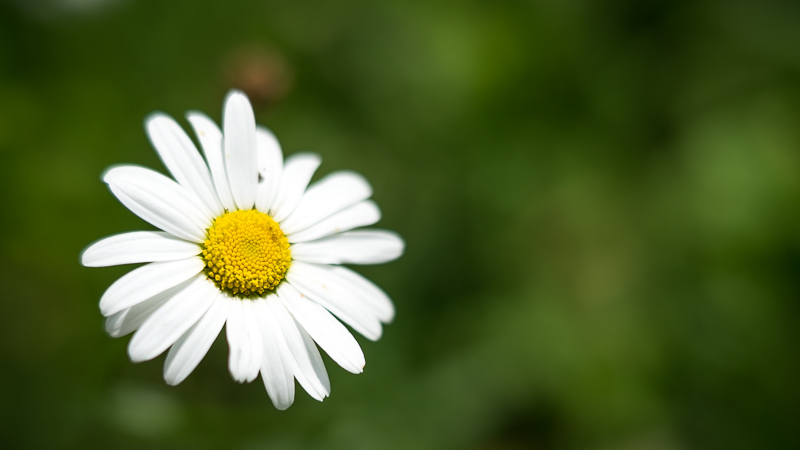
There is also quite some field curvature when using the extension tube but remember this lens was never intended to be used at these distances by the designers.
Because of focus shift (see corresponding section) I refocused for every shot.
Flare resistance
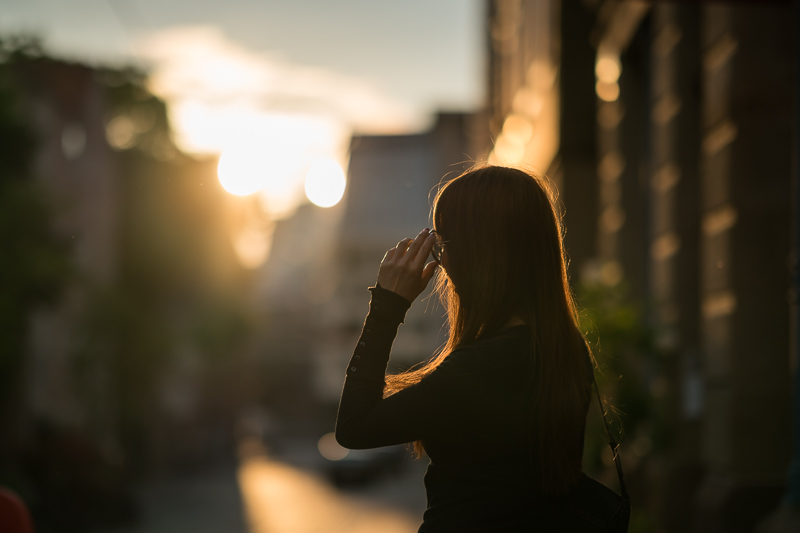
Flare resistance is actually pretty good, most of the time you can just shoot directly into the sun and you will neither have problems with a huge loss of contrast nor ghosting.
Only with the sun close to the corner of the frame you you will encounter issues, as is quite common with tele lenses.
The hood is quite big but unfortunately in these critical situations it doesn’t always help, as can be seen below.
Coma
Wide open there is a bit of coma visible. At f/2.0 there are still slight traces left, if you stop down to f/2.8 they are mostly gone.
This performance is comparable to other modern 85mm 1.4 lenses, only the Sigma 85mm 1.4 Art will probably show a better performance.
100% crops from extreme corner, A7rII
Distortion
The lens shows slight pincushion distortion which is easily corrected in camera or in post.
Bokeh

When Sony announced this lens they made quite a fuss about 2 things: the new extreme aspherical (XA) lens element and the 11 aperture blades.
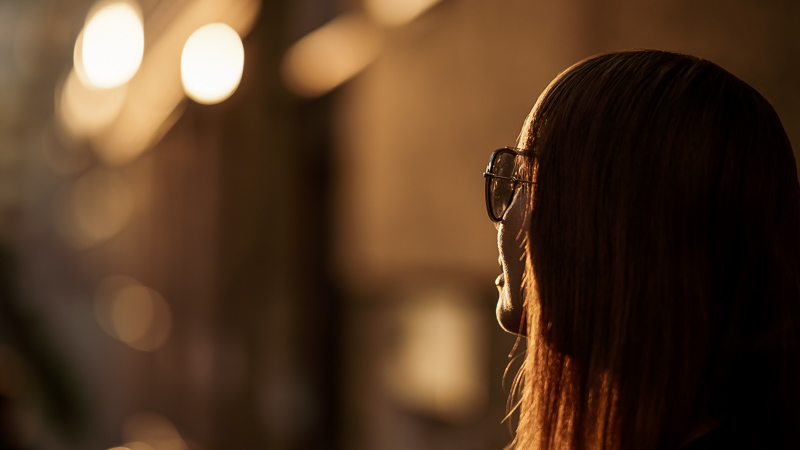
Many of Sony’s former lenses (as well as a few from other manufacturers) that use aspherical elements will show distracting onion ring like structures in light highlights in the background. The Sony FE 55mm 1.8 ZA, the FE 35mm 1.4 ZA and the Zeiss Batis 18mm 2.8 are very good examples for this behavior.

There have been a few examples that show onion ring like structures with the FE 85mm 1.4 GM, but nowhere near to the degree you see with the aforementioned lenses. I had to look very hard to find any, even though I was really looking for them. It seems this XA element really makes a difference.
The 11 aperture blades are meant to keep the shape of highlights close to a circle when you stop down, but as most people buy this lens to use it at the maximum aperture they will barely notice a difference compared to other fast 85mm lenses when used wide open. But let us check how things look when you stop the lens down:
To be honest I see little improvement over the better lenses with 9 rounded aperture blades. For example the Nikon AF-S 105mm 2.8G VR and also the new Canon EF 85mm 1.4 L IS are better at keeping the light circles round despite only 9 rounded aperture blades. Still, not a bad performance.
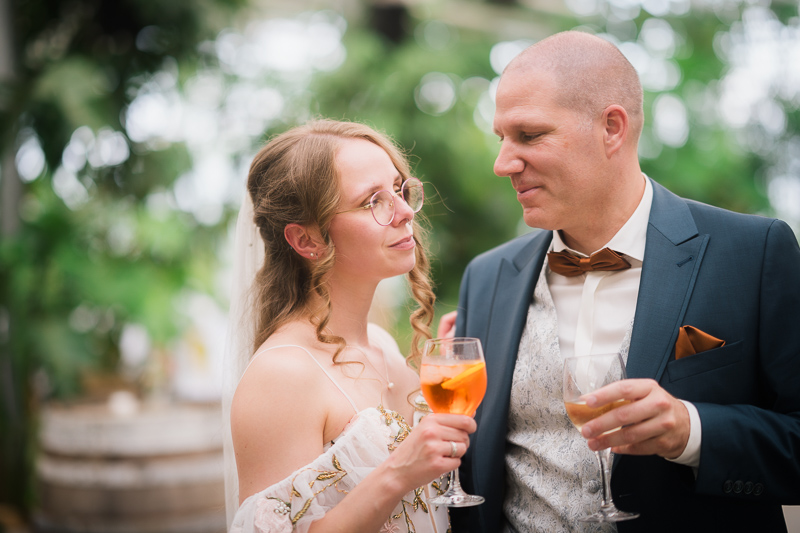
It is actually hard to find fault with the bokeh of this lens. The low mechanical vignetting also leads to nicer bokeh in the corners compared to the competition.
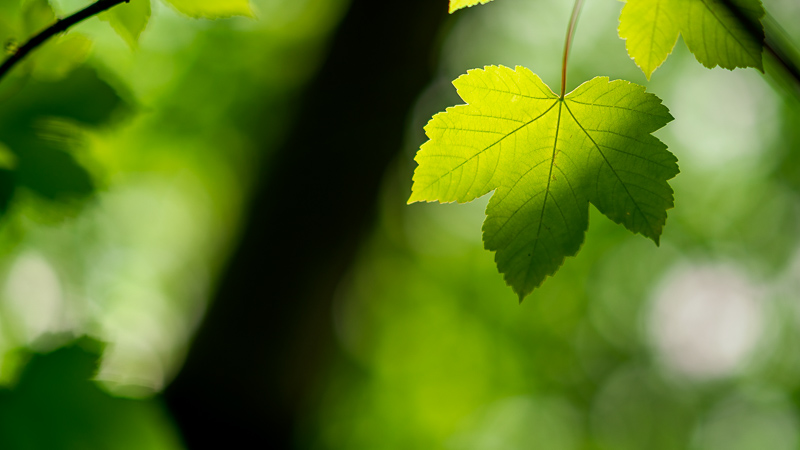
With the FE 55mm 1.8 ZA I was very unhappy with the bokeh when taking full body portrait shots with more challenging backgrounds (foliage). The FE 85mm 1.4 GM plays in a whole different league and always gave me likable results in such scenarios:


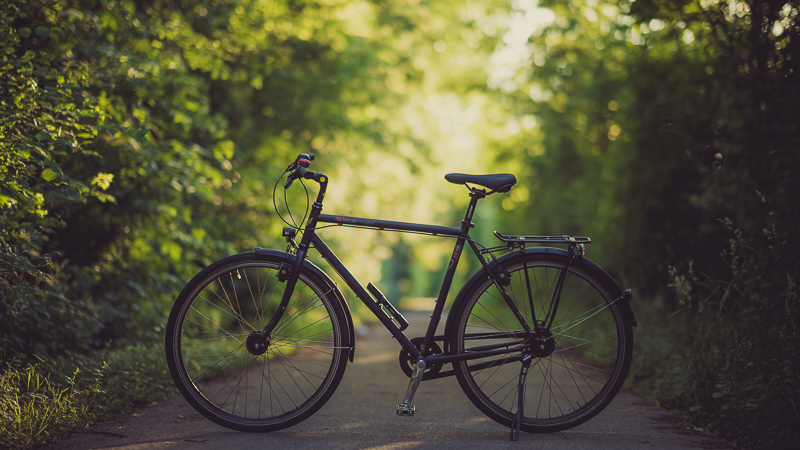
Sunstars
With 11 rounded aperture blades it is next to impossible to get any obvious sunstars with this lens.
If you look at the whole scene you will barely notice sunstars at all:
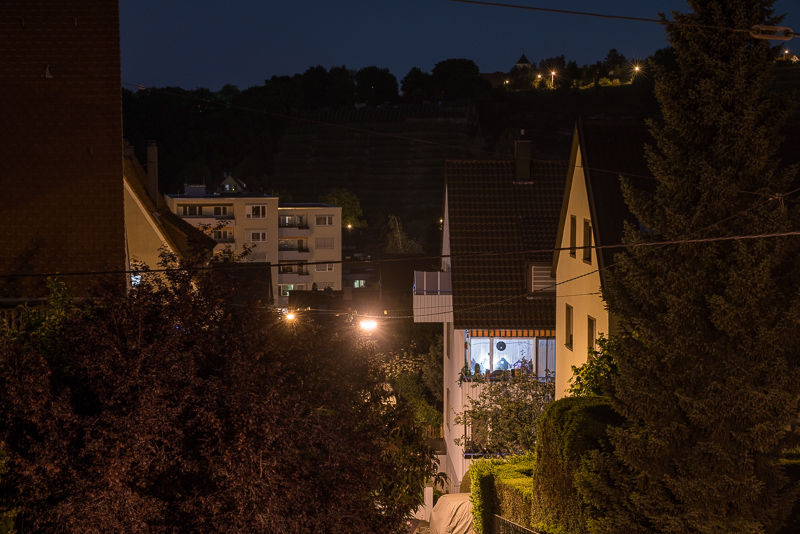
Only if you look at a 100% crop from the 42mp file you can actually see a few:
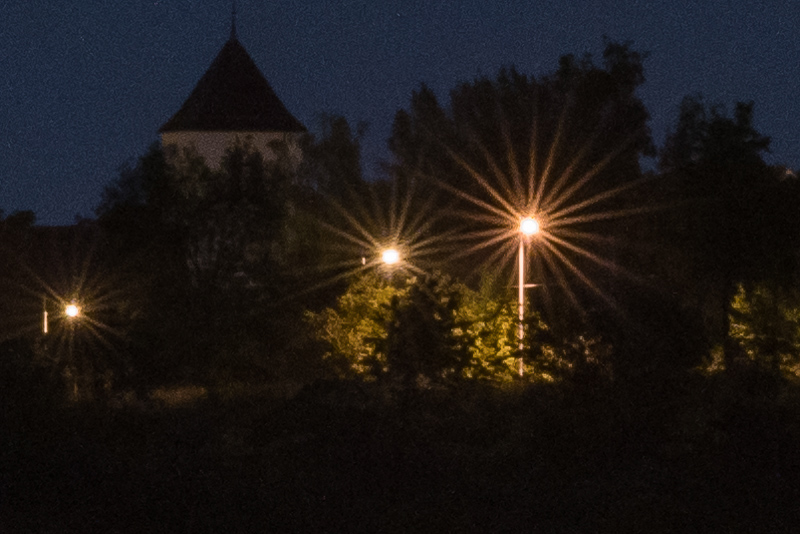
Chromatic aberration
lateral
There is an embedded profile which corrects for lateral CA which cannot be easily disabled. I still checked by taking a few shots without electronic contact between camera and lens and could still barely find any lateral CA. Great performance!
longitudinal
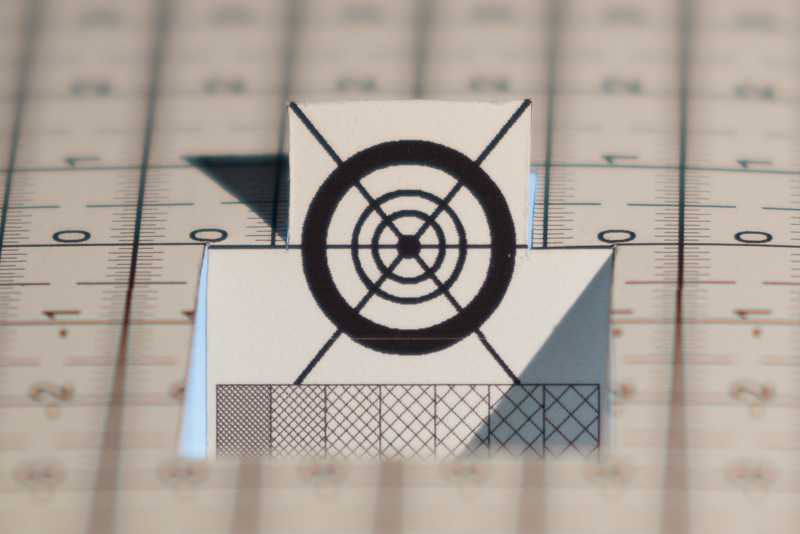
There is a bit green behind and magenta in front of the focal plane visible at the minimum focus distance. Compared to most other 85mm f/1.4 lenses this is aberration is corrected quite well, although at these distances the problem is somewhat masked by spherical aberration when shooting at wider apertures.
Classic loCA are corrected rather well nevertheless, especially compared to lenses like the FE 55mm 1.8 ZA. Stephen did this fountain test of the GM 85mm 1.4 for his FE 100mm 2.8 STF GM review:
Purple fringing is surprisingly almost a non issue, most fast lenses would show severe purple outlining on the overexposed parts of the hands, but on this lens I can barely spot any:
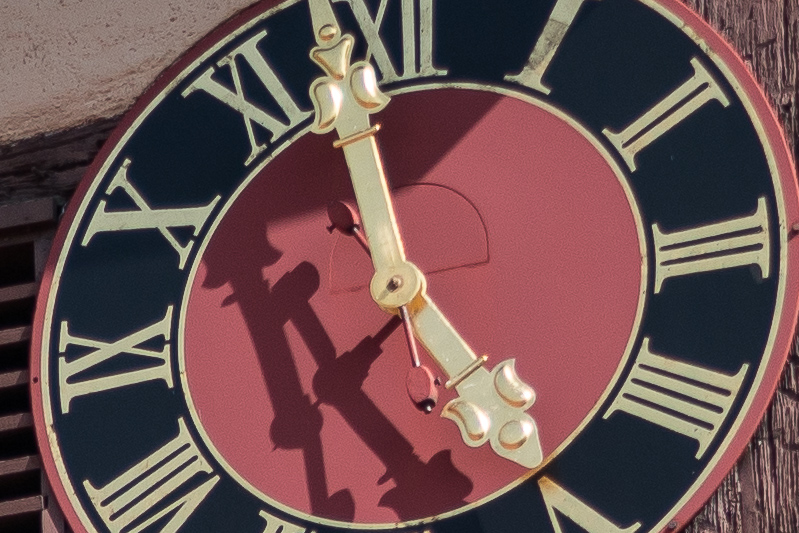
For an 85mm f/1.4 lens this is a very good performance.
Focus shift
50% crops, A7rII
When stopping down the plane of optimal focus shifts to the back, so you have to focus a bit closer for best performance. I recommend focusing at working aperture with this lens to get best results. At close distances even at f/4.0 the difference is still noticeable.
Alternatives
Sony FE 85mm 1.8:
Jannik already published a thorough comparison to the GM some time ago, so best have a look at this one when you are deciding between these two.
Zeiss Batis 85mm 1.8:
I haven’t used this lens myself yet. I think it has a hard time as for some more money you get the GM and for much less you get the normal FE.
Sigma 85mm 1.4 Art:
Weight of this lens is significantly higher and it is also bigger. Apparently the image quality at f/1.4 is also visibly better as is the coma correction. Mechanical vignetting seems to be worse though. From what I have heard with the MC-11 adapter you now get almost native lens like AF performance. Bokeh is also different, depends on your personal taste which you like more.
Zeiss Loxia 85mm 2.4:
The Loxia is really compact but not particularly light, so the GM is “only” 230g heavier. Both will give you very contrasty images with high resolution. For pure landscape use I still prefer the Loxia for sunstars, smaller size, precise manual focus and even better flare resistance, but I was also very happy with the GM for my landscape photography.
legacy 85mm 1.4 lenses:
These are usually worse in terms of image quality at wider aperture values especially regarding correction of longitudinal CA. Same goes for flare resistance and mechanical vignetting. But obviously these are also significantly cheaper.
Conclusion
good
|
average
|
not good
|
I haven’t been overly happy with the lenses from ZA and the normal line of FE lenses I tried so far. In my eyes all of them had at least one fatal flaw which made me stay away from them.
This lens on the other hand is the first Sony lens where I think there is actually a tangible advantage over the competition, not just a higher price tag.
The build quality is a clear step up from the older ones and the engineers managed to mostly get rid of the dreadful onion ring bokeh. At the same time they managed to produce the 85mm 1.4 with the lowest mechanical vignetting figures I have seen so far which leads to a real improvement of the bokeh quality towards the corners of the frame.
Slightly stopped down (at f/2.8 and f/4.0) the resolution figures rival the Zeiss Loxia 85mm 2.4 which is something I did not expect.
Considering all these positive aspects I fail to complain about price or size and weight, especially as the new high quality offerings from the competition (Sigma 85mm 1.4 Art or Canon 85mm 1.4L IS) are even heavier and bigger. Only the AF (at least in combination with the A7rII) is a bit on the slow side so this would not be my first choice to use for tracking fast moving subjects (e.g. children).
It seems 5 years after the introduction of the first fullframe E-mount camera Sony is finally playing in the first league when it comes to 35mm format lenses. After many disappointments this is the first Sony lens I actually added to my kit (replaced my Canon EF 135mm 2.0L USM).
New this lens costs as much as $1799/1699€ and you can get it e.g. from amazon.com/amazon.de or B&H. On ebay.com/ebay.de you may also find used ones starting at $1500/1300€ (affiliate links).
Sample Images
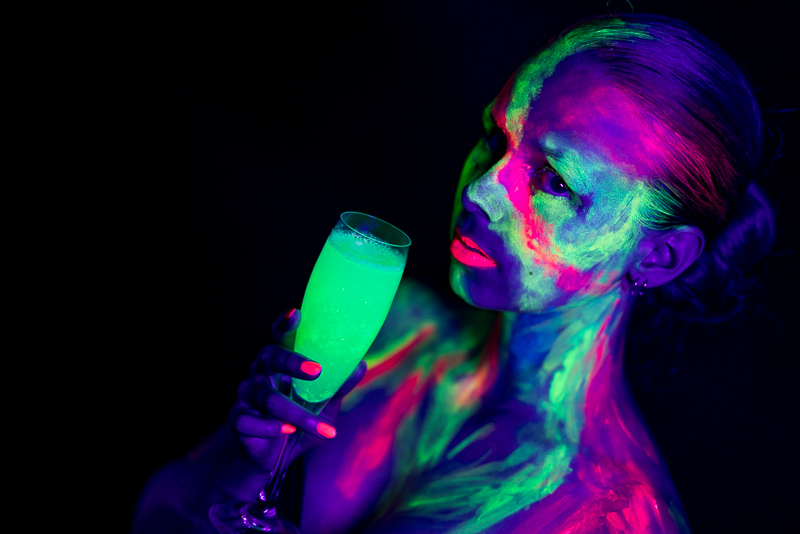
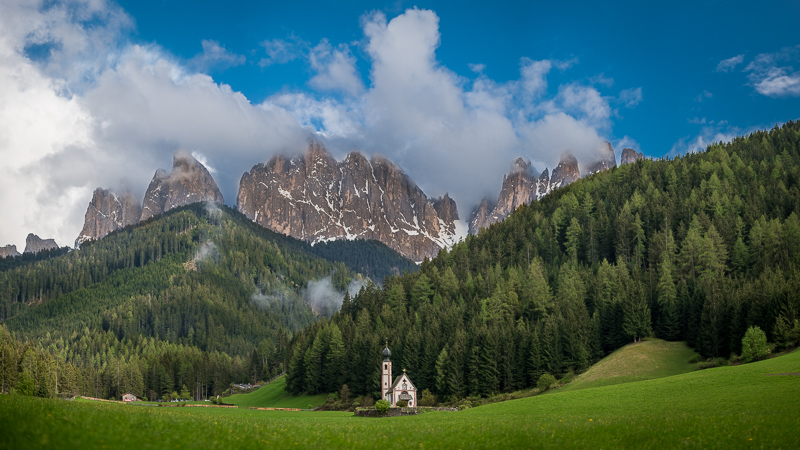
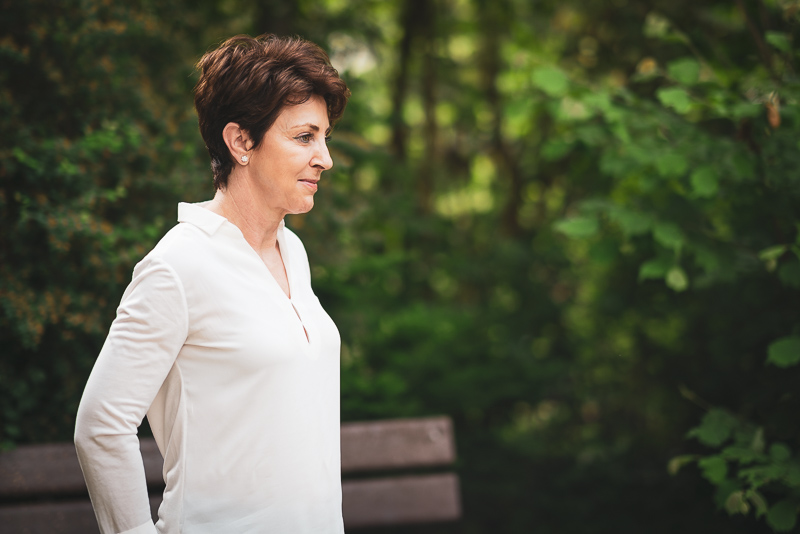

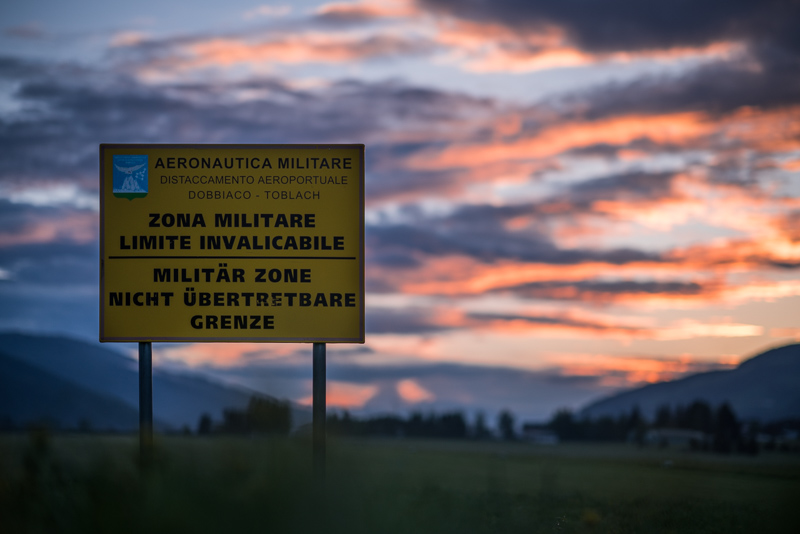
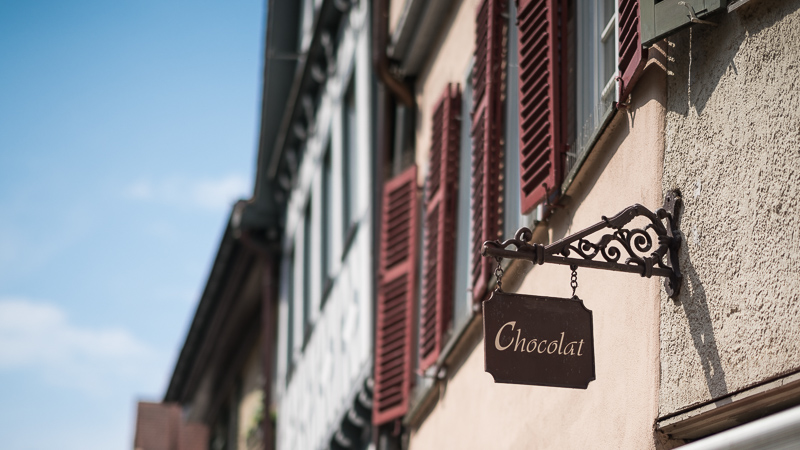
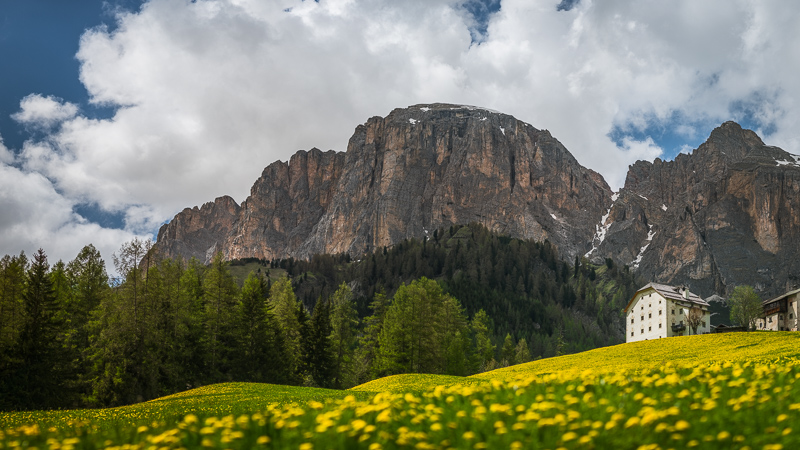
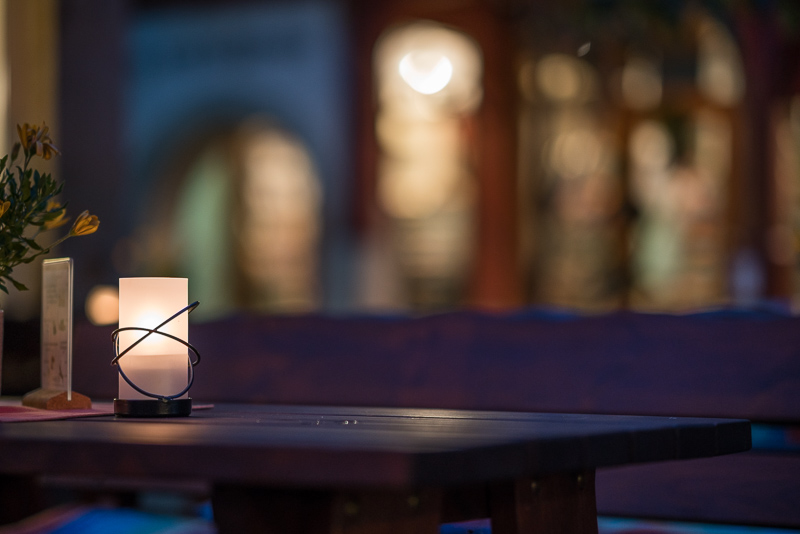

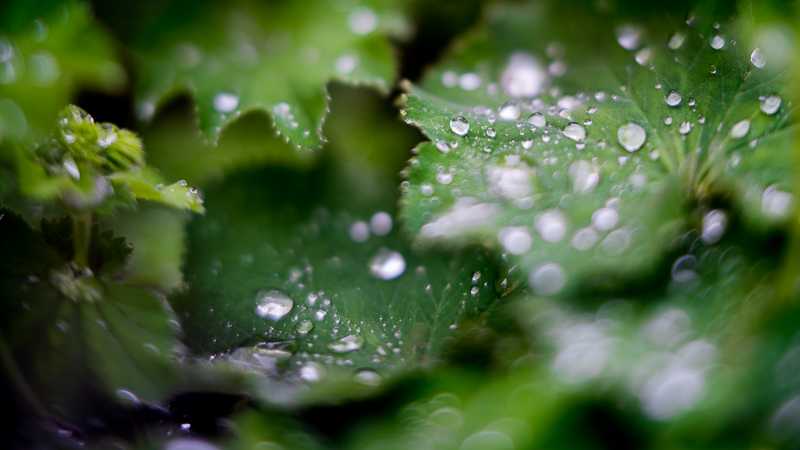
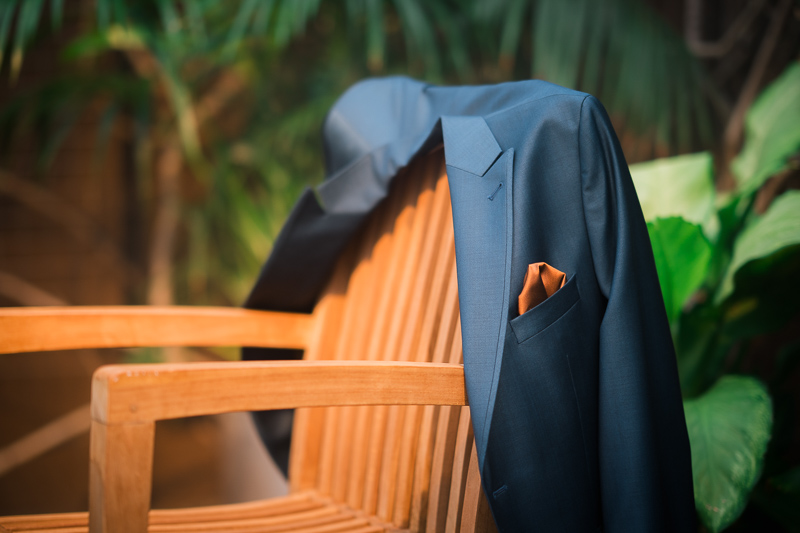
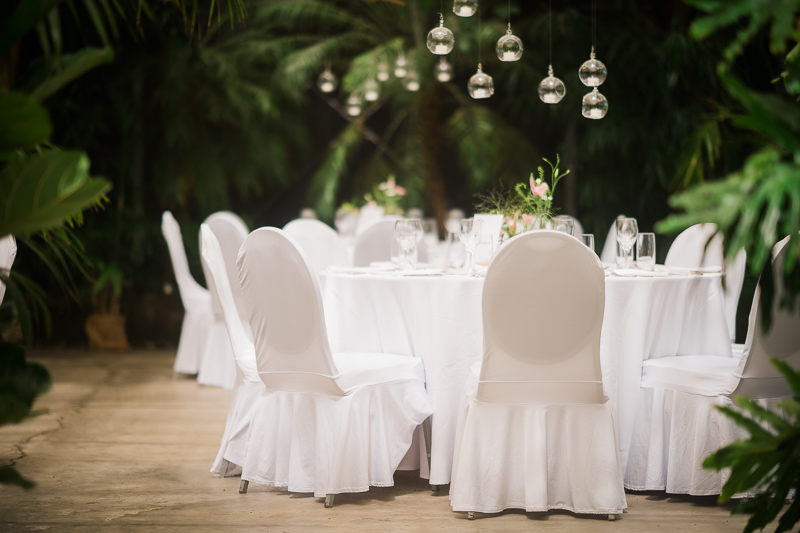
Most of the sample images in this review can be found in full resolution here.
Further Reading
- Sony FE lenses: Our comprehensive and independent guide
- Canon EF 135mm 2.0L USM
- Carl Zeiss Jena Visionar 109mm 1.6
- Tripods for mirrorless cameras
Support Us
Did you find this article useful or just liked reading it? Treat us to a coffee!
![]()
![]()
![]() via Paypal
via Paypal
This site contains affiliate links. If you make a purchase using any of the links marked as affiliate links, I may receive a small commission at no additional cost to you. This helps support the creation of future content.
Latest posts by BastianK (see all)
- Review: Sony FE 70-200mm 4.0 G Macro OSS II - December 20, 2025
- Review: Viltrox AF 35mm 1.2 FE LAB - December 17, 2025
- Analogue Adventures – Part 47: Tübingen - December 17, 2025










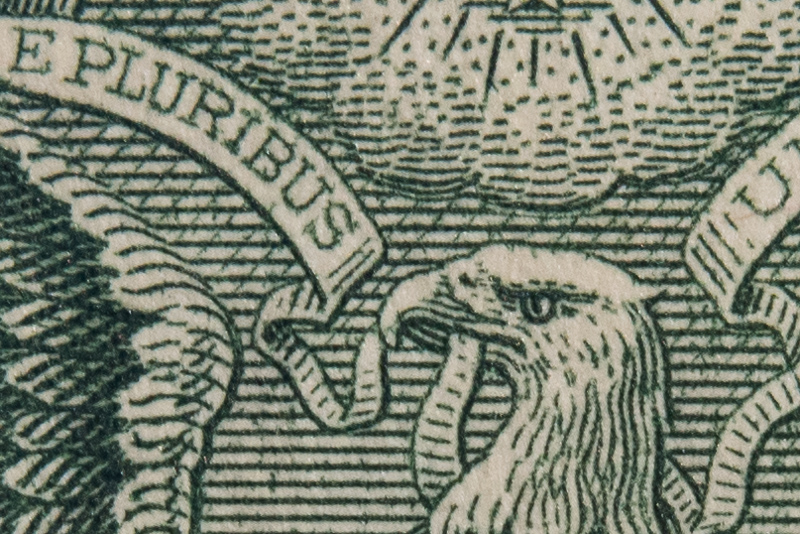

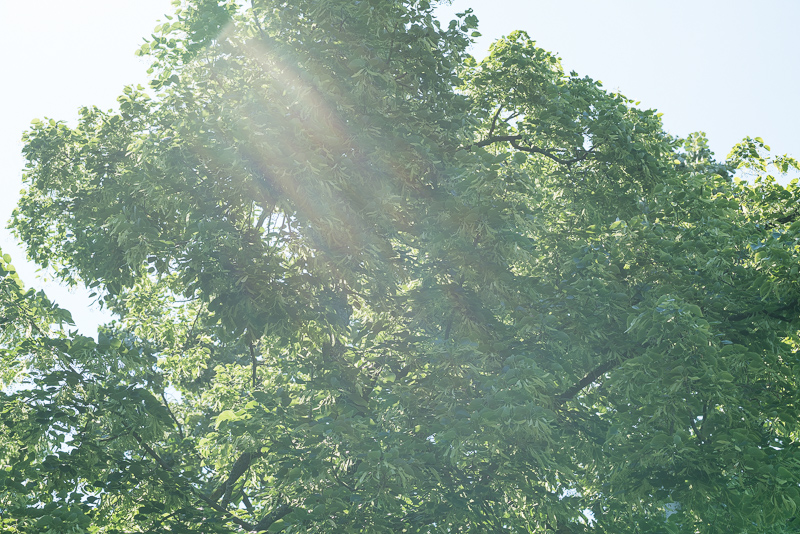

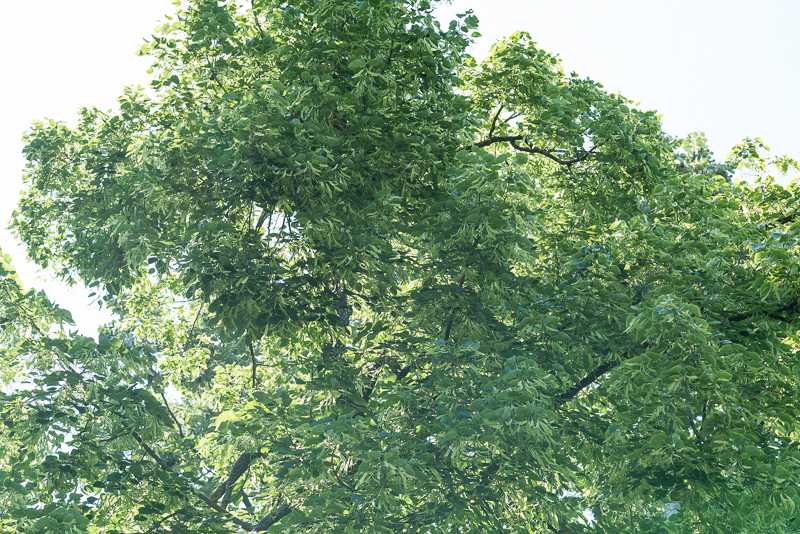
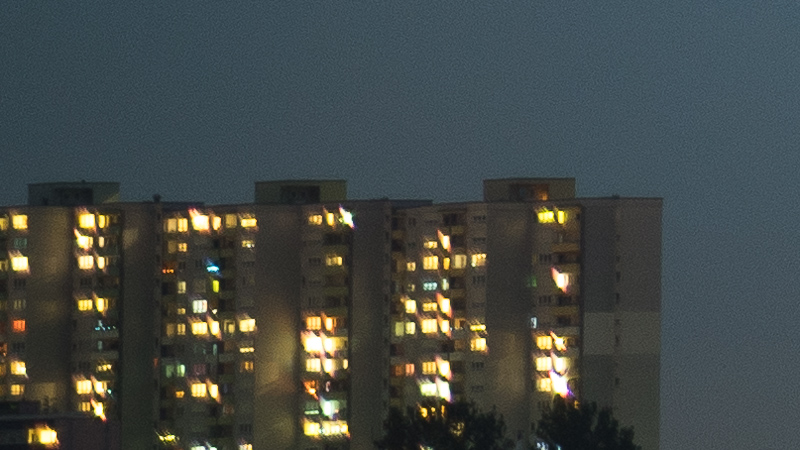
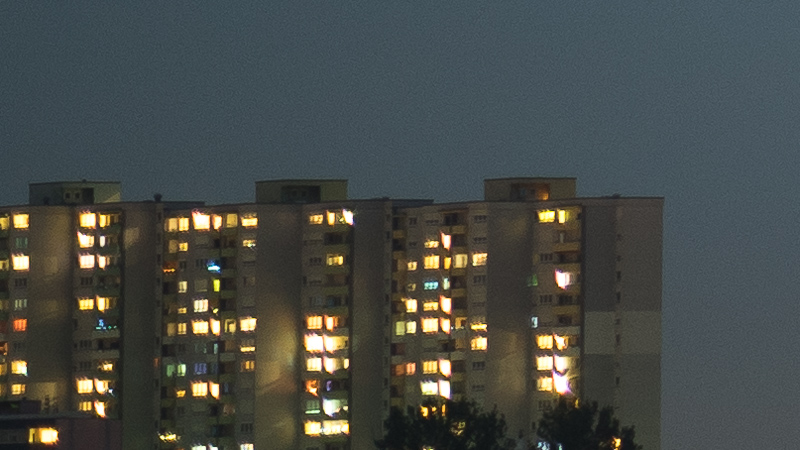
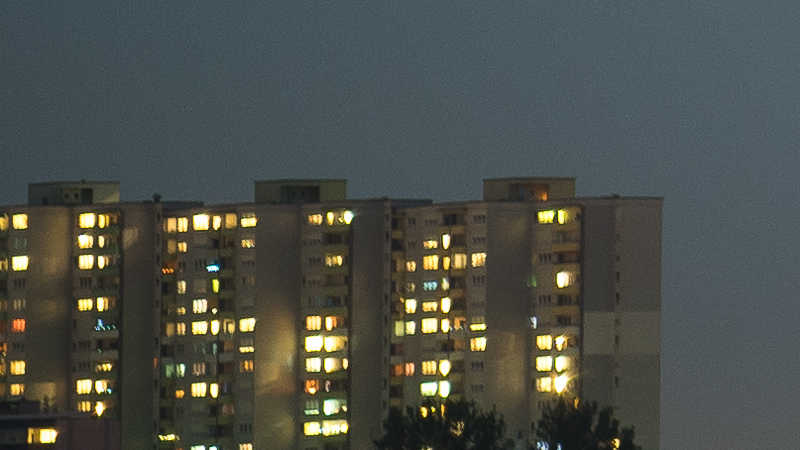
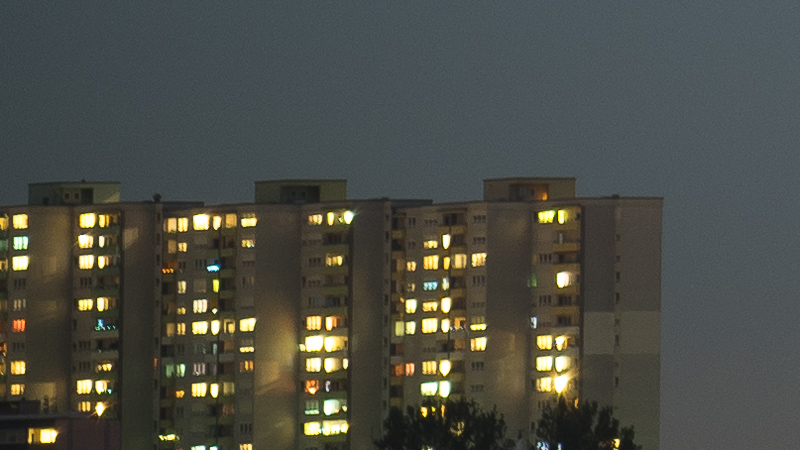

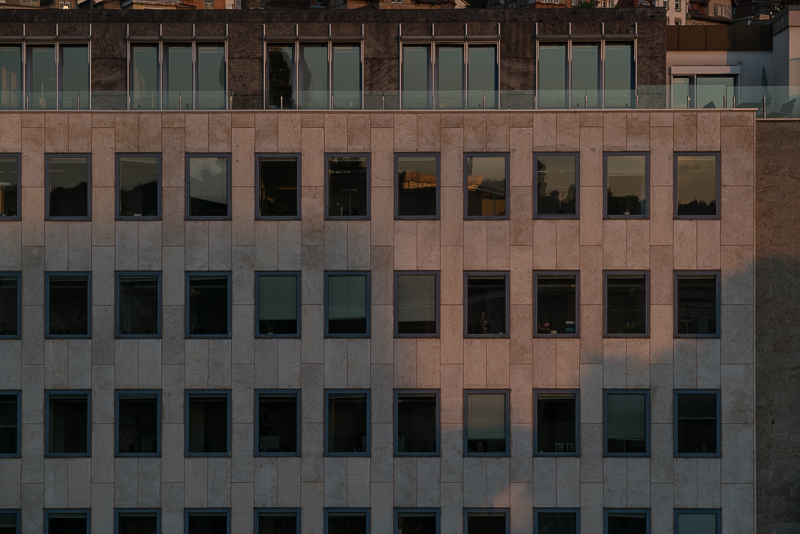
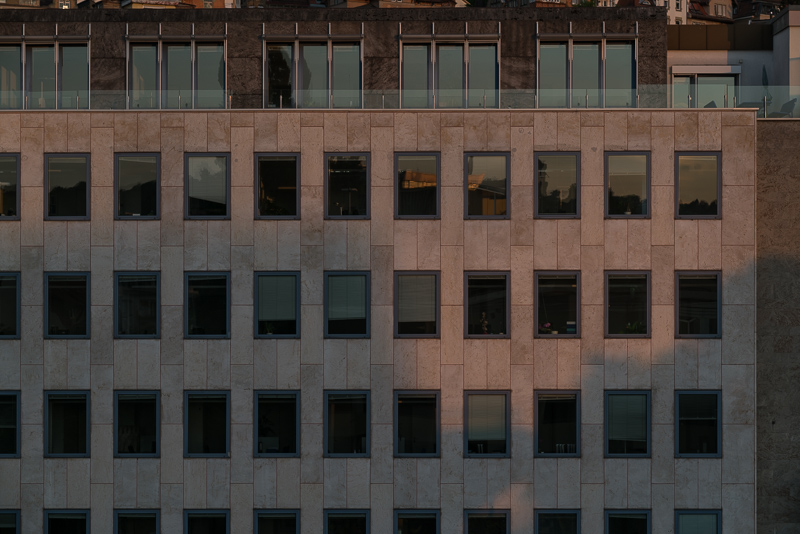
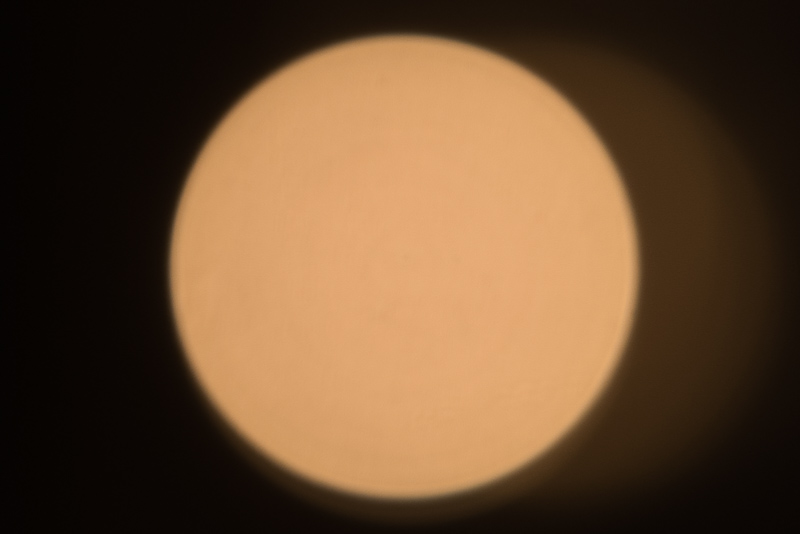
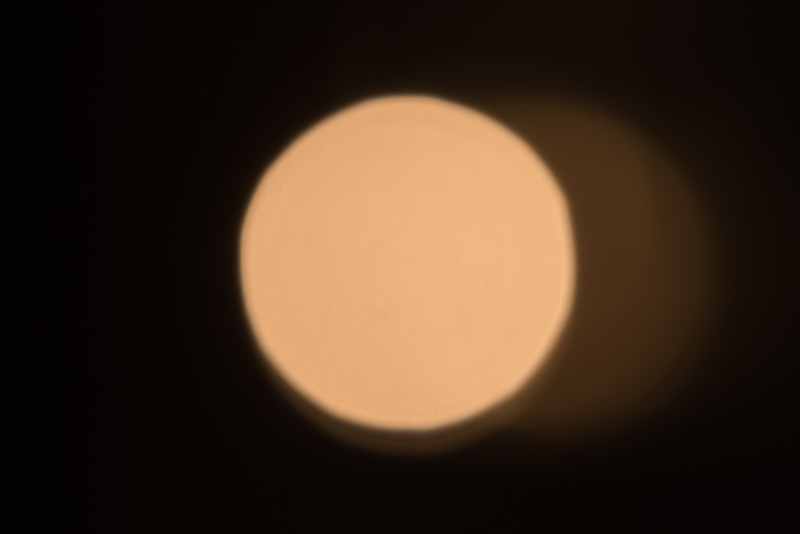
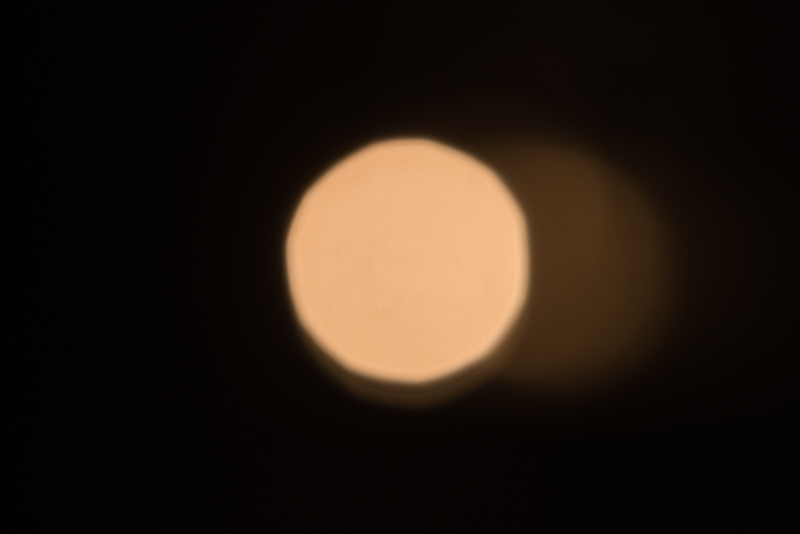

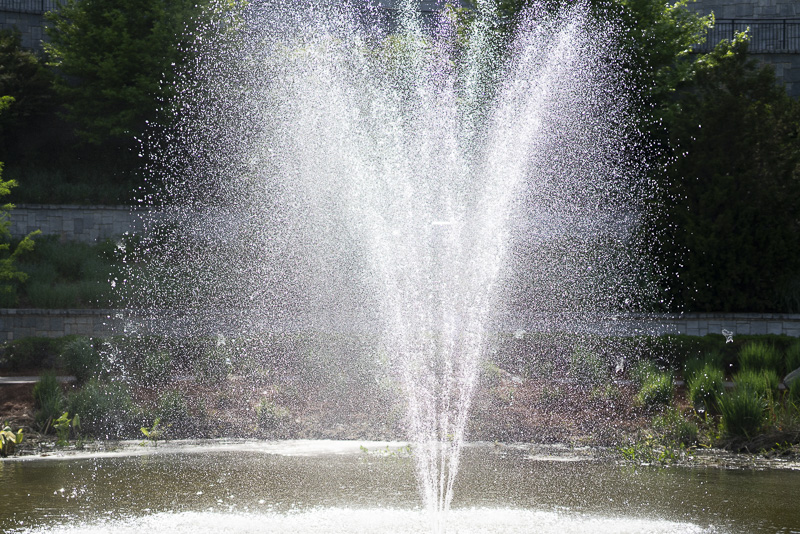

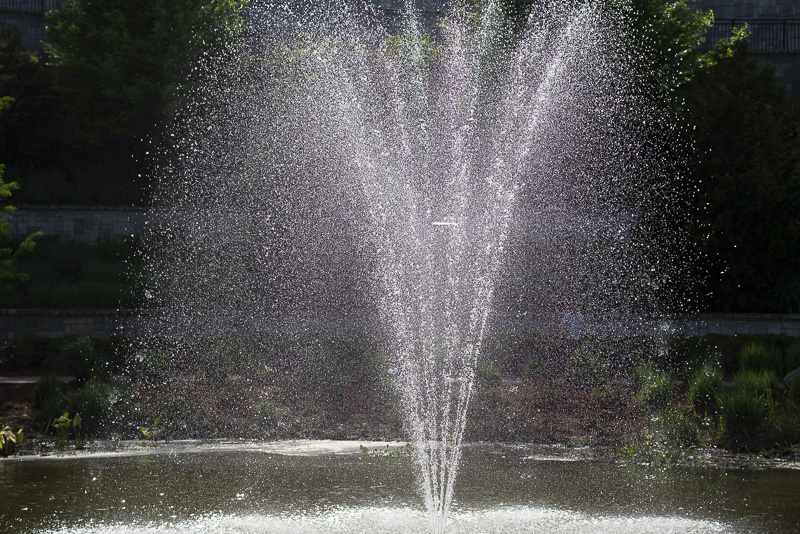
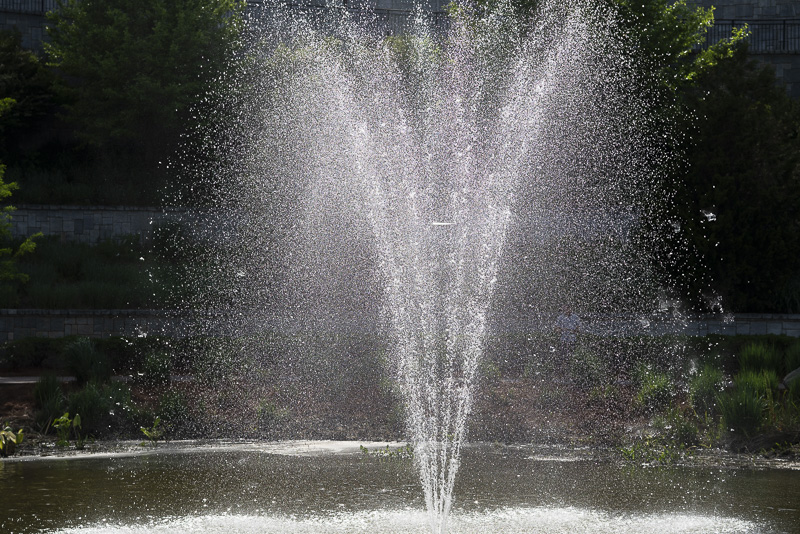
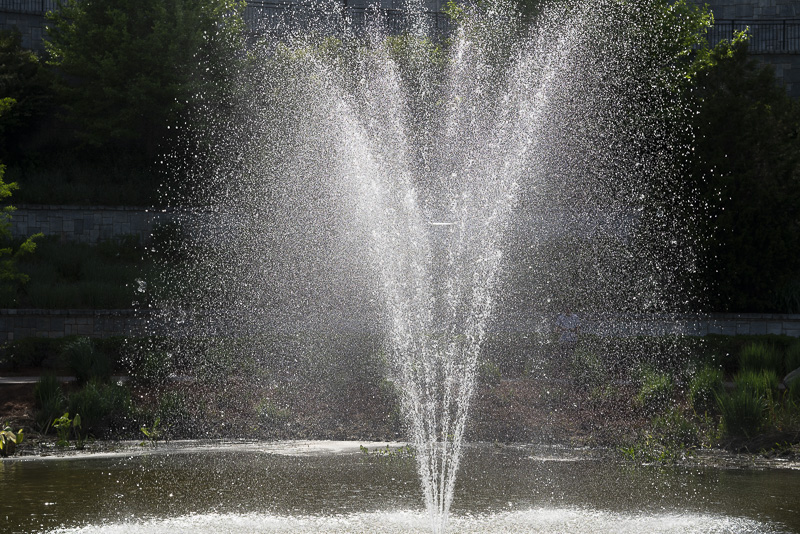
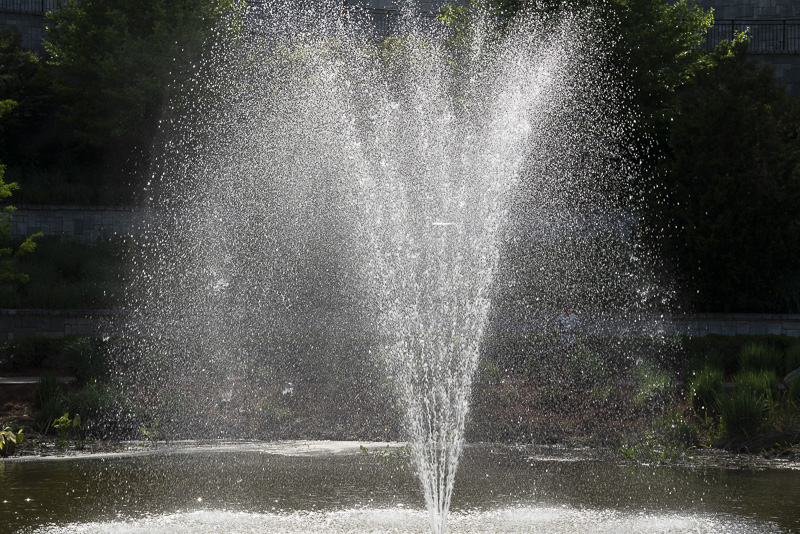

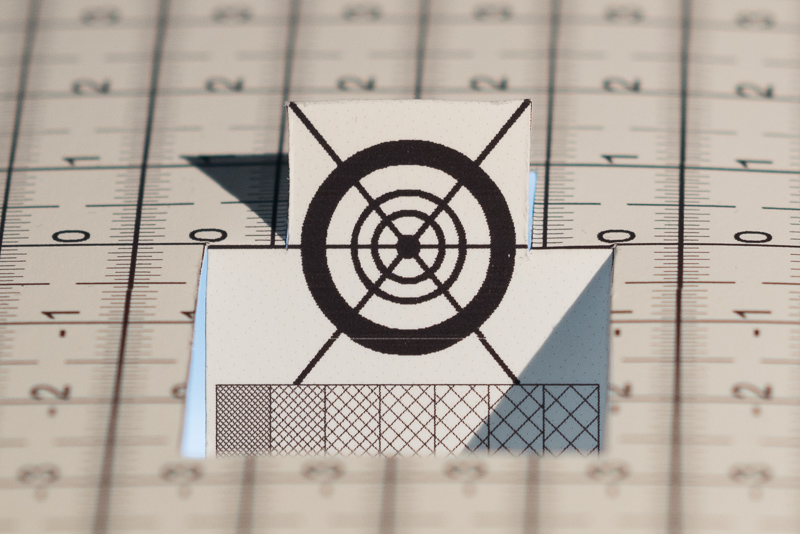
Fantastic review.. Thank you so much, Bastian!
I owned a few copies of this lens but now I have the Loxia. As you said, it’s hard to find a fault with its bokeh. I sold it because I’m more of a 135mm guy when it comes to head shots. I acquired the Batis 135mm instead.
I had a couple of minor issues with the GM. It’s slow to focus compared to the other native 85mm available for Sony. The other thing was color rendering, which I found to be inconsistent. I’m not saying it renders bad color, but some photos are rendered too warm for no reason that I could figure out. Wide open performance could be better. People say it’s “tack sharp” wide open, but I don’t think this is true. I always stopped it down to f1.7 to get the sharpness level I wanted.
But it’s a wonderful lens overall.
Just to be fair, the Batis 85mm costs 1/3 less, weighs 45% less, is 1/3 more compact. It focuses a little faster and it reflects less in backlight compared to the GM. Compared to the Sony 85mm it offers image stabilization and renders differently, more to my liking.
In this example the GM oof highlights wobbles extremely. Not nice.
https://phillipreeve.net/blog/wp-content/uploads/2018/05/sony_fe_85mm_1.4_gm_gmaster_sample_10.jpg
But i know the 85GM is a fine lens, but it is not flawless.
Some of these shots wide open look quite similar to the 100mm STF. I just bought that lens this weekend and man- it’s going to take me some time to get use to. I do prefer the FL though over 85mm. I will say this though…it is sharp! Maybe I’ll try the 85mm after I break this 100mm in.
I used to like 135mm more – until I tried the 85 GM 🙂
Oh, focusing rings on 35 and 55 were barely usable you say. Perhaps you need a few more years of reviewing lenses or you may just not have it in you? Which one is it? 🙂
I just like to be able to set precise focus where I want it, which isn’t always possible with the FE 55mm 1.8 on the A7rII.
But yeah, I must be totally alone with this opinion considering Sony changed the way the manual focusing works on all newer lenses 😉
Sony’s earlier FBW lenses typically have visibly distinct steps in their focusing which can cause issues if you regularly try and do fine focus adjustments.
The FE’s that suffer from this are not terrible (for terrible, try the Oly 12/2 which suffers brutally from this) but they can be really annoying and cause you to miss focus because the focus point is between two focus ring steps.
The newer designs (including the 85GM) use significantly more steps on the encoder to mask this.
As far as the “fast focus clutch” – mechanism is used with the Olympus MFT 2.0/12mm your side remark is correct: manual focusing is then done in really large, surprising increments. Using for example the S-AF – MF setting with that lens the manual focusing is – without employing the aforementioned mechanism – as expected smooth and reliable. Olympus lenses 1.8/17 and 1.2/45 for example are manually focusing reliably smooth without increments in both ways. // Concerning Sony ZA 1.8/55mm it’s also difficult to me to focus the lens manually.
Great review, Bastian.
I’ve always been under the impression that the Loxia 85 has a little more microcontrast than the 85 GM (not based on personal experience, as I only own the Loxia, but rather on all the pictures I’ve seen from the GM). Would you say that’s not the case, and that they’re actually similar on that front?
To my own surprise as well I found them both to be very very similar on that front.
It seems that Sigma ART 85mm 1,4f cant be rivaled by anyone..
the only drawback is the weight of that beast, it is not really pleasant to use it with sigma MC11 and Sony A7 series camera.
I am glad the GM is different and does not try to be the same, so in the end people have more choice.
Choice is always nice. Besides the 85GM, we use two copies of the newer FE 50/1.4. Another amazing lens, you could consider reviewing.
I had the ART for quite some time. Sharpness differences were minor, but the rendering of the GM, CA control, weight, size, etc. are better. Sharpness isn’t the only criteria.
I’m disappointed, thought we preferred manual lenses and lightweight.
It is not less manual or lightweight than the Canon EF 135mm 2.0L USM it replaces 🙂
The 85GM replaces the Canon 135/2? In your personal bag? If so, you compare a 85mm vs a 135mm?
Yes, in my personal bag.
Good review – that you’ve added an FE lens to your kit is a landmark!
Regarding the positioning of the ‘A’, since this lense is aimed largely at portrait shooters who will be using it wide-open, it makes sense that f/1.4 has a hard stop in one direction, because not needing to look will shorten the time to get the shot, which helps with rhythm during a portrait shoot and would be essential in a street ‘action’ scenario.
Having a hard stop for the ‘A’ in the other direction also makes a lot of sense, because it means you can change modes quickly without looking. The people who will shoot this lens at f/16, will likely not be working in a fast paced environment where getting to f/16 in a split second is critical.
For these reasons, I think Sony’s got it spot on.
There is a pretty distinct click stop between f/16 and the “A” which is not like the other click stops.
I think this would work quite well on the other end as well, as you won’t “cross” that stop accidentally.
AF will be much better on gen-3 bodies. I bought my 85GM when I was using the A7R2 and missed quite a lot of street shots. Was planning to replace it with the 1.8 when I got the chance to use it on an A9. Now I’m pairing it with the A7M3 and everything works flawlessly.
You explained your view on suntars on numerous occasions so far.
If you have principal issues with our ratings or reviews you may want to look for another review site that is better at reflecting your opinion.
We have explained our reasoning behind this to you in the past so I can only second Bastians suggestion. I would guess that maybe 1 in 10 photographers would agree with your taste here.
This blog is rather successfull because we do not only give a rating which is of course influenced by our preferences (like anybody elses ratings are) but in contrast to many other review sites we document our findings in a very detailed way so if your taste is very different from ours and you prefer lenses with lots of flare, busy bokeh and no sunstars you will still know if a lens is for you or not even though it got a bad rating from us.
‘but in contrast to many other review sites we document our findings in a very detailed way’
‘Zeiss Batis 85mm 1.8:
I haven’t used this lens myself yet. I think it has a hard time as for some more money you get the GM and for much less you get the normal FE.’
Hmmm. There is something wrong 🙂
What is wrong?
‘document our findings in a very detailed way’
‘I haven’t used this lens myself yet’
Don’t think so?
Well if we haven’t used a lens then there is clearly nothing to document apart from that we haven’t used it.
Do not think that any experienced portrait shooter would wish a hard charecteristics aperture lens producing sun stars in his camera bag. The 10:1 ratio is probably quite contrary to people shooters needs and opinion. For them the Sony 85 GM was designed. Better not giving more of such influencing free estimates.
A portrait lens typically should have a “soft” characteristics. That is why I am still wondering abbout how Bastian can expect from a portrait lens hard sun stars generation. Diplomatically expressed this is far away from any convention in lens evaluation history. We should discuss this here further. A lens independant discussion on a general level would be more appropriate.
Cheers, Hansi
You have made your point. 5 times at least: You don’t like sunstars and in consequence you don’t like how we do reviews.
I strongly suggest that you get a place of your own to do whatever you think would be a better job. I won’t host any more of your whinings on sunstars.
can u guys review the samyang af 35mm f2.8. can’t find any review of it like u guys.
The german distributor was a bit unreliable so far, but we will try to get hold of at least the FE Samyangs.
thanks
A review of the Samyang 35mm 2.8 would be GREAT!
Sorry no REPLY button on the right position.
‘Well if we haven’t used a lens then there is clearly nothing to document apart from that we haven’t used it.’
Why then a judgment? 🙂
Because there is enough data available to make it and because people ask for it. of course it isn’t worth as much as a full comparison but so far you are the first one in many hundreds of thousands of readers who takes offense with it. If you come to a diffferent conclusion you are free to share that but please respect our findings and back up your own with your own data. Just telling us that you disagree with us isn‘t helpful to anyone.
Many hundreds of thousands of readers have no background to judge right. Also there is a lot of personal taste about lens rendering.
I let speak Mr. Cicala from lensrentals (we all trust him):
Zeiss 85mm f/1.8 Batis and Sony FE 85mm f/1.8:
This one is a more fair comparison since both lenses are tested at f/1.8. From an MTF standpoint, the Batis is clearly better both in the center and off-axis. But at twice the price it is supposed to be.
What i say is, never judge a horse from his color if you did not paint it yourself 🙂
If I look at those graphs I see much more astigmatism on the Batis. Does that matter? Not really. Same for the small MTF differences.
Most people base their buying decisions on 2 things (besides focal length and the AF <-> MF question): maximum aperture and price.
Did I say the FE 85 1.8 is as good as the Batis? No. And I have no idea why you feel so insulted and have to defend your favorite 85mm by all means.
Even if I said that, would it matter to about 90% of the customers interested in buying an 85mm 1.8 lens for their E-mount camera? No.
All I was saying is that because of the huge price difference the Batis will have a hard time to appeal to potential customers.
And at the same time those who are willing to pay serious money for an 85mm lens may rather buy the GM because it is simply faster than the Batis.
I seriously don’t need to have the Batis reviewed in all detail to see and say that.
I am actually pretty sure most people will see it that way.
Thinking about it: you probably don’t even need to have reviewed any of these to see that.
Still the Batis can be a better choice for some people (like you, apparently).
Bastian: ‘Same for the small MTF differences.’
Cicala: ‘From an MTF standpoint, the Batis is clearly better both in the center and off-axis.’
I don’t commend this 🙂
‘Most people base their buying decisions on 2 things: maximum aperture and price’
That may be the reason of the misunderstanding, i judge about performance and rendering.
Many thanks for the explanation. If you judge things you have not tested you have ‘your flanks wide opened’. You know that and i’m sure you understand my point. It was not my intention to annoy.
Yeah, we know about that flank now since you told us ;). I guess we will leave it open a little longer because people often ask what we think about lens X and they understand what it means when we say that we haven’t used it.
Do like this kind of review!
As the 85mm Batis was the first one, I bought it. And I like it.
Would I buy it again now if I needed a 85mm…? Perhaps I would go for the f1.8 Sony as it has less weight, and it’s hard to see the difference with the Batis….
Not the 85mm GM, as it is to havy as walk-around lens for my taste.
Price and f-stop choise? Weight and performance! I’m ready to pay the price of a Batis, do not need F1.4, but super rendering please!
Sorry for the dumb question but…
Is this correct to say that the 85GM + 16mm kenko would act like a 101mm?
I’m definitely not happy with how the 135GM renders compared to this one. I hope that the 100GM will look like the 85GM but sharpness might win over SA now…
I am with you on that.
The extension ring doesn’t exactly work like that.
The main issue is, with a 16mm extension tube you won’t be able to focus at anything past ~ 1.0 m anymore.
Adding an extension tube does not change the focal length.
When you put a 16mm extension tube on an 85mm lens it is still an 85mm lens: it can just focus a bit closer. It’s no different in principle from the focus ring pushing the lens out further. (of course with a focus ring you can pull the lens back so as to focus on infinity: as soon as you put an extension tube on you can only focus on close distances)
Hi Bastian
You say here that a negative is slow AF. Which portrait lens 80mm+ would you sya compares to this lens but with acceptable AF speeds….I’m thinking about my nephew running around mainly.
Kind Regards
There is no other 85mm with bokeh as nice, but if you want fast AF the Sony FE 85mm 1.8 is probably the better choice.
Hi guys, much appreciating your efforts on this website, for me personally the most credible and thorough lens reviews. One question: Are you planning on comparing this lens (Sony 85/1.4 GM) to the Canon RF 85/1.2? I know that currently you do not test Canon lenses, and I think that the Sony is much more practical, while probably being just as excellent optically, but I would be interested in seeing whether the claims about the Canon surpassing all other 85mm lenses hold true. Thanks.
If someone sends me the camera and the RF 1.2/85 I would surely have a look, but I don’t see that happening 🙂
I did not invest too much time into researching the RF 1.2/85, but I did researching the RF 1.2/50.
The design criteria of the 1.4/85 GM I think are more favorable for portraiture.
The Canons are sharper at max. aperture, but the Sony has less optical vignetting and smoother rendering.
Hi, first I want to say that I love your work (meaning all of you guys) and this website was one big reason to me get sony mirrorless camera and bunch of vintage lenses.
But to the question: do you have tested this particular 85/1,4 GM lens in front of sony A7 mk1? Im curious if first gen A7 autofocus is reliable enought for buying so pricy lens. I love using manual focus but I think that I need also autofocus for portrait photos (moving children, they will not stay in place) and for my spouse to use my camera. I have been satisfyed to the performance of A7 this far with manual lenses but jumping in world of autofocus lenses with this camera realy scares me. I mean i could spent use that money to upgrade my camera to mark III and have reliable autofocus with any sony lens?
I have considered other lenses, but the manual features of this GM lens attract me a lot.
Greetings from Finland, Petro
A7 MKI autofocus is reliable, but not fast.
Get the 85mm 1.4 now, I am sure at some point you will get a newer camera anyway.
Bastian, would focus shift have any effect on a close up head and shoulders portrait at F/4 with the A7RIV and EyeAF? Would focus shift cause the eye to be soft?
The A7rII and A7III always focus at the aperture I set on the aperture ring, in that case: no.
I don’t know how the A7RIV behaves here and some camera settings can also have an influence (most notable the Live View Settings Effect one).
Eagerly looking forward to your review of the new Sigma 85mm F1.4 DG DN. Initial impressions suggest that it will be better or at least as good as the Sony GM.
Second that. It appears that the Sigma has higher mechanical vignetting (swirley cats eye bokeh), while being sharper at f/1.4. Yet I am curious about the direct comparison of the quality of the focus transition zone and the susceptibility to show nervous bokeh with busy backgrounds. Looking forward to the review!
I too am waiting with interest as to your thoughts/review of the 85mm DG DN. Hope it’s not too far away!!?
Guten Nacht, Bastian. Would be interesting to know if you plan to give a chance to the second version of the 85mm sigma art (this time happily built for mirrorless cameras) or will be loyal to the GM, which only bothers me because of the softness at 1.4 (size is ok, despite being on the heavy side). I’m actually thinking of selling the GM and trying the sigma trusting on the opinion of good reviewers as Dustin Abbott.
Both David and Juriaan bought the new Sigma Art 85mm 1.4 DG DN and they are both very happy with it.
I will stick with the 85mm 1.4 GM though, as I love the softness wide open for portaiture.
I have used many portrait lenses for weddings, but this is by far my personal favorite 🙂
And I tend to agree on that perspective: softness should be a plus, not a downside (the cv 50mm 1.2 at 1.2 is a perfect example of that) because imho is the closest thing to a film/vintage look.
Since Aug 28, 2024 the second version of this lens is out (Sony 85mm F1.4 GM II). The first reviews make clear that Sony has improved many aspects – the new lens is lighter, focuses faster, shows less CAs, etc. But I have not yet found a convincing comparison of the bokeh, and like other fans of the original version I fear that the new version will offer a more sterile look (similar to the 135mm GM etc.) …
Bastian, I hope somebody will send you soon a copy of the new lens, it would be great if you could assess its bokeh in comparison with the original version. (I cannot help here, sorry, as I don’t have the wherewithal.)
I am also greatly surprised that with so many samples having been sent out no one did an actual proper bokeh comparison.
In Fred Miranda’s forum, user Mystik/Carlo Alcala has posted some photos which directly compare the bokeh of GM I with the bokeh of GM II (full resolution files are also linked):
https://www.fredmiranda.com/forum/topic/1871097/18#16650683
The comparison is not perfect (you could do that even better, Bastian!), but the photos clearly show that the bokeh of the GM II is very good and smooth, but a little bit less smooth than the bokeh of GM I. In that respect, I still prefer the look of the GM I. Of course the comparison also hints at the better CA correction of the GM II (less green borders around bokeh balls), so it really depends on your personal taste which version suits you better. (And if AF speed etc. are very important, one certainly should go with the GM II.)
OK, I will keep a lookout for a good used copy of the first version. Does somebody want to upgrade their GM I to a GM II and could leave their GM I over to me? ;–)